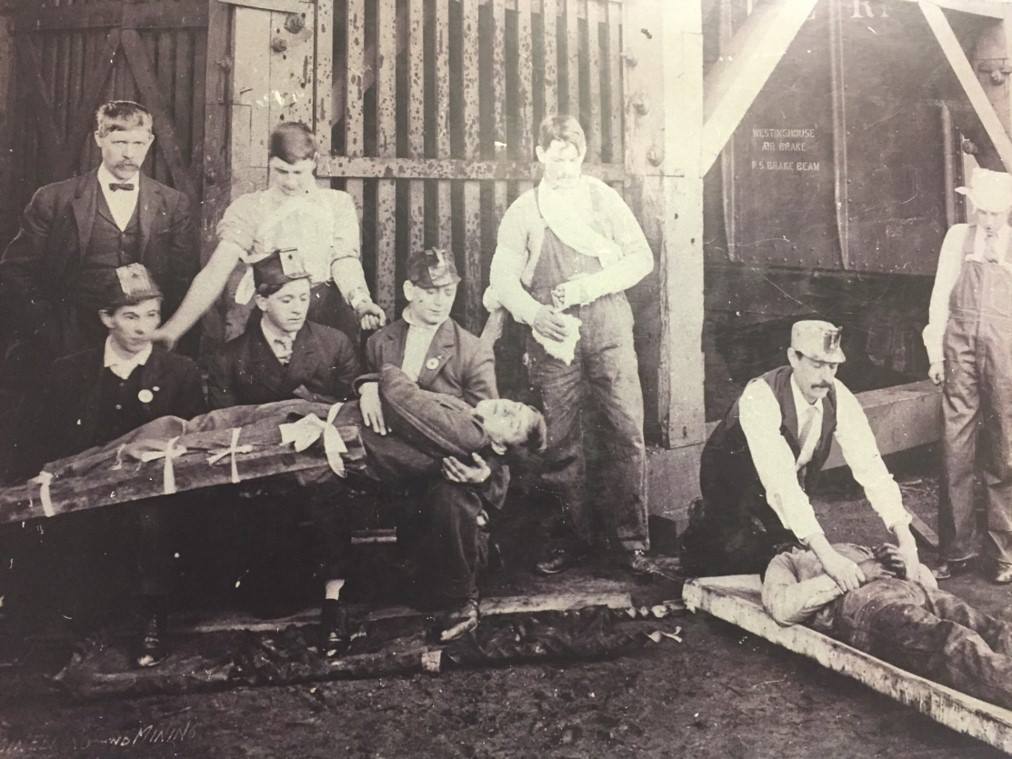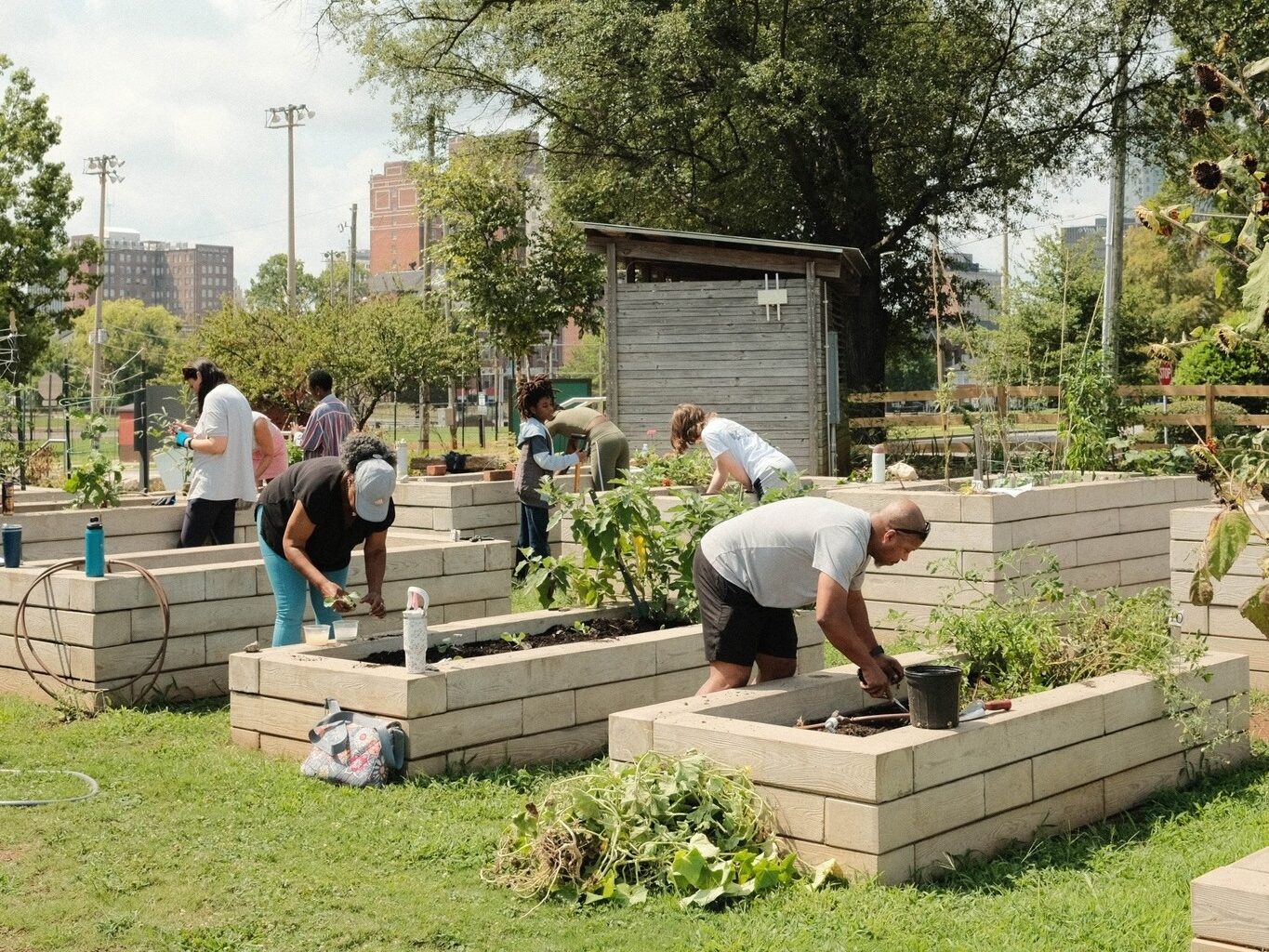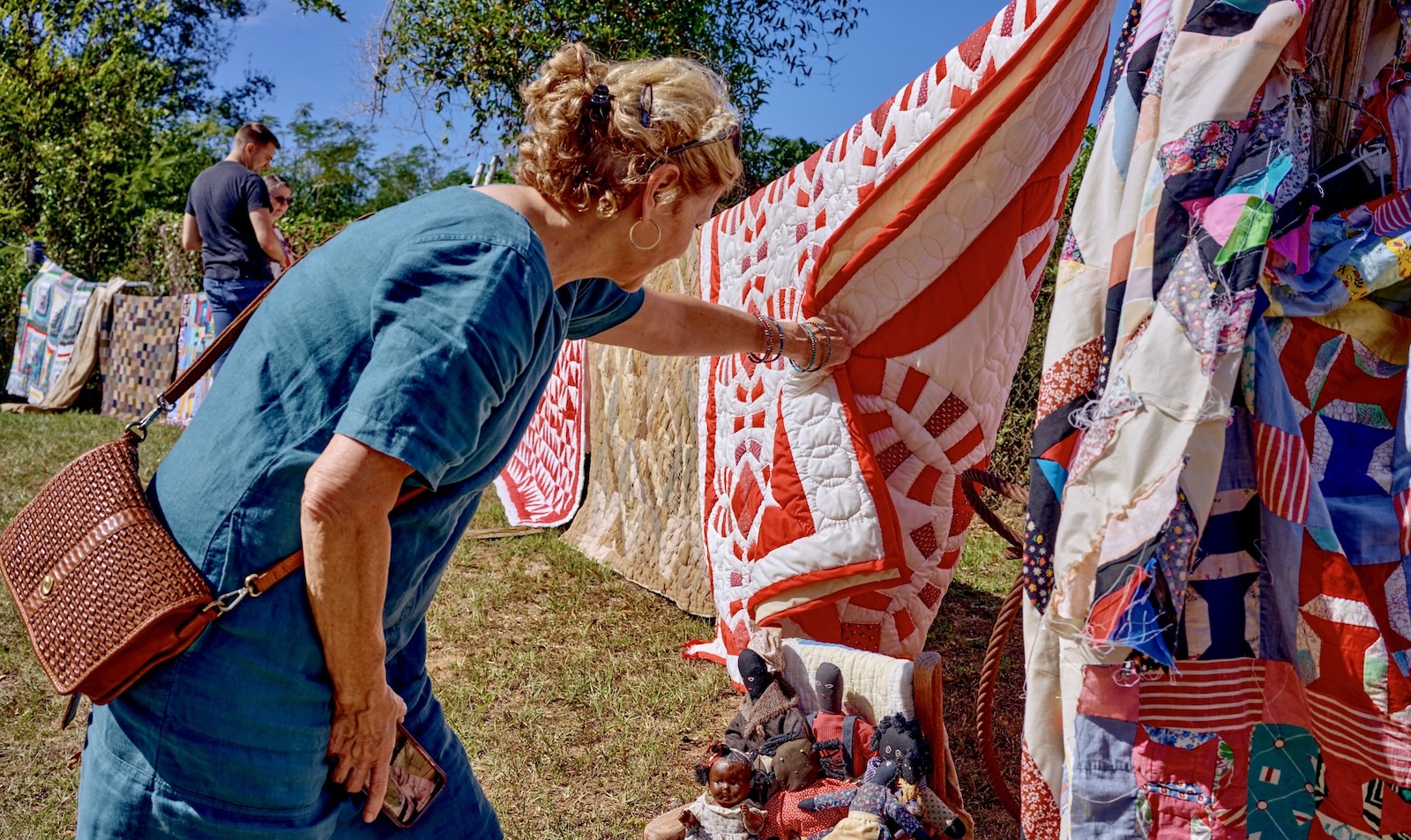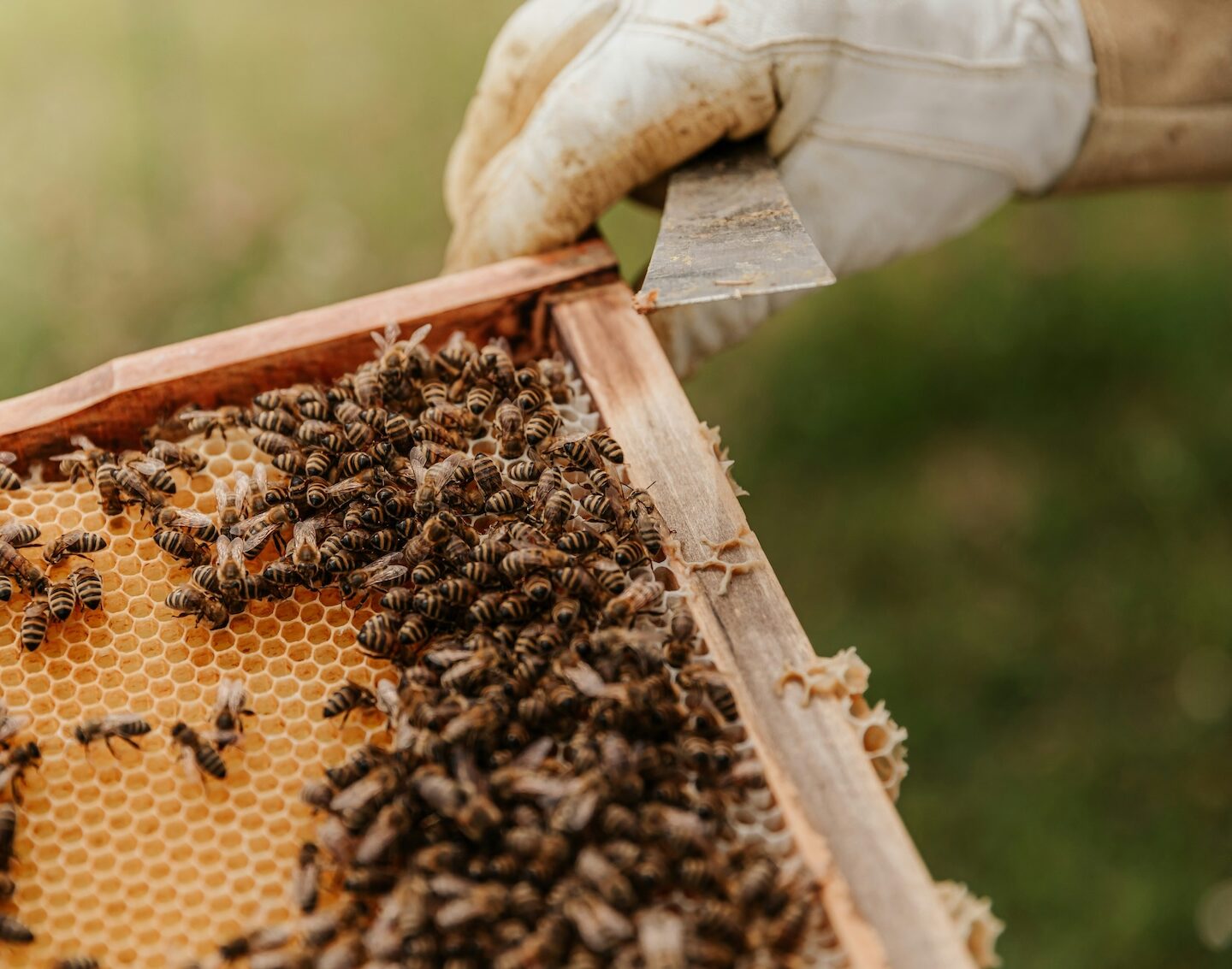One of Alabama’s most popular local parks holds a history that few of its thousands of visitors may know about. See below from Red Mountain Park about their fascinating history as a former mining hub:
While Alabama was achieving statehood, native hunters and travelers encountered a fine dust that stained all with which it came into contact a distinctive red color.
The powdery dust was the residue of hematite—the word derived from the Greek for “blood,” haima—a type of iron ore which, unknown to the native population, lay in rich veins beneath the mountain’s surface. The Creeks, in particular, found a variety of practical uses for the red dust, using it to dye clothing, decorate pottery and paint their bodies for ceremony and battle.
The area would remain a network of small farming communities for more than a half-century, and for much of that time, the new settlers of Jefferson County knew little more than the native population had about how to exploit the vast seams of iron ore in what had become known as Red Mountain. By the 1840s, however, a pioneer farmer named Baylis Earle Grace—probably the first person in the area to identify the red rock as hematite—began to strip the ore from his land and send it to a forge in nearby Bibb County to be smelted for use by local blacksmiths.
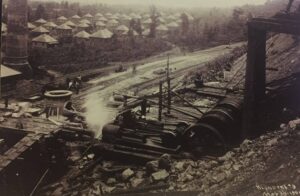
(Red Mountain Park/Facebook)
During the two decades prior to the Civil War, others recognized the economic potential of Red Mountain ore. As war became imminent, speculators bought up large tracts of land in Jefferson County, aiming to supply iron for making armaments and meeting other needs of the Confederate army. Frank Gilmer and John T. Milner founded the Oxmoor Furnaces and opened Red Mountain’s first commercial ore mine in late 1863.
This mine became known as Eureka 1 and is located on Red Mountain Park. In 1864, Wallace McElwain built the Irondale Furnace (Cahaba Iron Works) and supplied it with iron ore via tramway from the nearby Helen Bess mine. Union troops, led by General James H. Wilson, destroyed both furnaces as they swept through Alabama late in the war. These early furnaces laid the foundation for future growth and prosperity. Soon enough, the “secret” of Red Mountain would be a secret no more.
Iron and steel remained the unrivaled linchpin of the local economy—a reliance upon a single industrial sector that came to haunt Birmingham with the onset of the Great Depression in 1929. Hard times came to Birmingham earlier, and left it later, than in virtually any other city. President Franklin Roosevelt’s administration referred to Birmingham as “the worst-hit town in the country.”
While the sheer amount of iron ore in the ground was impressive, those reserves were only one of a trio of natural resources that made the area unique. Along with the ore, Jefferson County and the surrounding region also had tremendous quantities of limestone and coal. When Birmingham was founded in 1871, it was envisioned by its founders as Alabama’s first industrial city and the hope of the “New South”. Founders touted the city as the only place in the world where all of the necessary raw ingredients of iron production could be found in such close proximity.
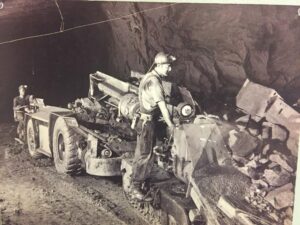
(Red Mountain Park/Facebook)
Early threats to its existence, such as a cholera epidemic and a concurrent national financial panic in 1873, nearly wiped out the fledgling city. Experiments at Oxmoor Furnace in 1876 proved that local coal could be processed into coke to fuel the area’s blast furnaces. The newly innovated coke burned more efficiently producing a purer iron product. The town rebounded in the 1880s, earning itself the nickname “The Magic City.” The population of Jefferson County surged from a total of 11,000 people in 1860 to more than 140,000 by 1900. By that time, iron and steel manufacturing drove the local economy. More than any other city of the time, Birmingham had become an “overnight” success story, with Red Mountain the primary source of its prosperity and prominence.
Red Mountain developed at steady pace. Pioneer industrialists such as Henry F. DeBardeleben, James W. Sloss, and T.T. Hillman ushered in a period of rapid expansion in iron-ore mining to support Birmingham blast furnace operations. Jones Valley’s first blast furnace, Alice, was partly supplied with iron ore from the Redding mines in present-day Red Mountain Park. Iron ore flowed from the new mines over freshly laid rail of the Alabama Great Southern Railroad, and later via the Louisville & Nashville’s (L&N) Birmingham Mineral Railroad that first reached the Redding area in 1884.
A major change in Birmingham’s corporate landscape came in 1907, when United States Steel acquired Birmingham’s largest manufacturer, the Tennessee Coal, Iron & Railroad Company (TCI). After the arrival of U.S. Steel, boom times continued in Birmingham for another two decades. By 1920, the city had swelled to a population of nearly 180,000, making it the fourth-largest Southern city, behind New Orleans, Louisville and Atlanta.
Through various programs of Roosevelt’s New Deal, the federal government spent millions toward relieving the Depression’s effects in Birmingham throughout the 1930s. Significant relief did not come, however, until the demand for iron and steel brought about by the onset of World War II.
The war put Birmingham and Red Mountain back to work, as the city earned a new nickname: the Arsenal of the South. Factories that had been slowed or idled for a decade now helped power America’s war effort, producing airplanes, artillery shells, bomb casings, rocket bodies and steel for cargo ships. All told, Birmingham accounted for more than three-quarters of all war materials produced by the U.S. Government’s Southeastern Ordnance District.
After the war, Birmingham remained one of the nation’s leading iron and steel centers, but change was on the way. Changes in manufacturing, difficulty in accessing ore seams, and increased foreign importing contributed to the decline of what had been Birmingham’s lifeblood since its founding. The last active ore mine on Red Mountain Park property closed in 1962. Much of the land that comprised the company’s former mining sites remained untouched for almost 50 years. But in 2007, through the efforts of the Freshwater Land Trust, the early work and ideas of Park neighbor Ervin Batain, and a dedicated steering committee, the Red Mountain Greenway and Recreational Area Commission was formed to purchase an initial 1,200 acres from U.S. Steel. Discounting half of the land’s appraised value, the transaction marked the single largest donation in U.S. Steel history.
The last active ore mine on Red Mountain Park property closed in 1962 and remained untouched for nearly 50 years until the development of Red Mountain Park. The Park is covered with the remnants and artifacts of a remarkable mining history that can be seen along most of our trails and attractions.
